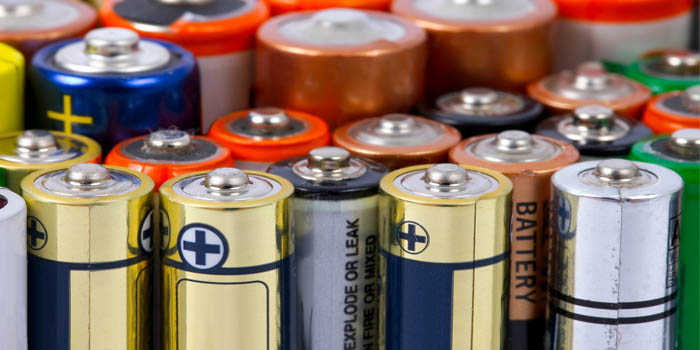If there is one component that is going to make to achieve a head start in the future, then that is a battery.
Why?
Because with the depleting reserves of coal and petroleum required to keep our vehicles in the ignition, many companies have already started experimenting with the battery-powered vehicles, popularly called as Electric vehicles.
Considering the positive aspect of batteries and how fruitful the venture is going to be in the coming time, many entrepreneurs have shifted their focus in powering lives in the future. Your idea for a new battery technology might not achieve revenue in the present days, but it is going to be a promising avenue in the future.
Before getting into how can you possibly frolic the avenues related to AA or AAA rechargeable batteries, let’s refresh our memories about how did the battery market achieve commercialization in the past.
The first battery Gold Rush commenced in 1849 wherein many companies made fortunes and some others lost their riches. The idea was to store energy in small structures, like the batteries, and use it in different devices. This prospect led to us using all types of batteries, be it alkaline, non-rechargeable, and rechargeable, and powering small devices like clocks, radios, toys, remotes, etc, through it. What we use now is a result of intensive research and development, and took years to companies in perfecting the skill of covering chemical energy to electrical energy and vice versa.
The new Battery Gold Rush of the 21st century is not going to be much different. Instead, battery technology is going to use cars, machines, and other big equipment as end products.
Four important considerations to make your battery technology a money-making venture
So, you have a new battery technology (like SmartCell batteries) that has performed exceedingly well in the lab tests.
But, how are you going to make money out of this?
The following points will help you and your investors to turn this venture into a profitable one.
-
Consider the economics of the battery market
Batteries, today, are not just used to work on small products, but productive and important equipment like smartphones, lead-acid batteries, electric cars and much more. In all such energy powering products, $/kWh (the cost per unit of energy stored) is the common economic metric.
In the current scenario, big manufacturers in Japan, Korea, and China charge somewhere between $100 and $150 per kWh (kilo Watt hour). However, this rate is expected to drop to $100 per kWh, by 2025. At this rate, the cost of kWh will be equal to that of a traditional combustion engine vehicle.
If your battery technology increases this cost or if your model is based on premium, then generating revenue out of it is going to be a tedious task. It would also decrease the adoption rate of your products, significantly, making them affordable to only a particular niche of the market.
-
Asses your business model
There is not just one business model that startups can focus on. Some models are about the entire battery structure manufacturing, some are about manufacturing its materials, some are about mining those minerals and others are about implementing such batteries in working models.
Now, you need to assess your business model and find out the category in which it fits.
Battery manufacturing is not an easy thing. You will need billions of dollars as an investment for it, and you will also need machinery and people who know how to function those machines too. If not properly managed, it can result in the downfall of your plan too.
If you work towards selling materials to battery manufacturing companies, then you need to consider the competition. There are several such companies alone in Asia.
-
Product scalability
Battery technology is all about experimentation and innovation.
Therefore, your product should have the power to make it to volume production in the coming time. It should be such that companies can manufacture it at an affordable cost, obtaining raw materials should be easy, there has to companies available looking for such products, and it can be implemented for end usage. Fatigue in any of these stages can have a rampant impact on your business model.
-
Keep an exit model in place
Before starting any new company, you need to assess the exit models as well. These models state any exit strategy in case the company is not able to perform well in the market and there occurs a scenario when it cannot be operated any longer.
Although the market of battery technology is highly venturesome, there has to be an exit plan in place for worst-case scenarios.
Conclusion
China is the world leader when it comes to battery manufacturing in the world. The Dragon has everything required to make a battery, right from raw materials to machinery. Furthermore, these batteries are sold at an affordable cost around the world.
So, if you get into the business, you need to think out of the box. The battery industry needs innovators and with countries looking for such startups that can make electric vehicles a simple reality, there is a lot of potential in the market. But only innovation is not enough. You need to focus on credible sources that are beneficial for the market.
